The Debt Ceiling and Your Portfolio
 Telos Wealth Management Posted on
Telos Wealth Management Posted on  Thursday, October 10, 2013 at 2:26PM
Thursday, October 10, 2013 at 2:26PM The government shutdown has gotten most of the press coverage so far, but there is a related and bigger issue pending in the next couple of weeks: the debt ceiling. Although the federal government has partially shut down, it continues to spend money on many items. Normal government financing requires regular additional borrowing, as we typically spend more than we take in.
A closer look at the debt ceiling
The U.S. government operates subject to a legal limit—the debt ceiling—on how much overall debt can be issued. In order to increase the limit, Congress must authorize the raise. Until 2011, this was regularly done, albeit with a certain amount of protest and commentary. In 2011, for the first time, Congress refused to authorize raising the limit until after the Treasury had hit it, causing fear that the government would actually run out of cash. Ultimately, of course, Congress did approve an increase, but not until the stock market and economic confidence had taken a hit.
Since hitting the debt ceiling in May, the government has been using the “usual extraordinary measures”—such as giving IOUs to government-employee retirement funds—to find money to pay the bills. These measures are expected to run out in mid-October, leaving insufficient cash to fulfill all of the government’s obligations and forcing the Treasury to choose who gets paid and who doesn’t.
The key points
There are two critical points to keep in mind here. First, all obligations will ultimately be paid. This is a political crisis, not an economic or fiscal one, and the real risk associated with U.S. government obligations remains the same as always—essentially zero. There’s a reason U.S. Treasury interest rates are treated as the “risk-free rate.”
Second, even though obligations will ultimately be paid, the short-term uncertainty created by the debt ceiling debate has made that risk-free rate materially less risk-free than before—at least in the eyes of markets. Short-term interest rates on Treasury bills have spiked, although they remain at low absolute levels. Default swaps on U.S. debt have increased materially in price. No one expects the U.S. to default, but investors aren’t quite as confident as they have been.
What does this mean for portfolios?
On a long-term basis, the effects should be limited to slightly higher longer-term interest rates and slower growth. From a long-term perspective, this will be a negative, but no more so than other factors, requiring more adjustment of our expectations than of our portfolios.
On a shorter-term basis, the effects could be more marked. In 2011, the last time we came close to hitting the debt ceiling, the S&P 500 dropped about 16 percent. We have seen some downward movements in the market that suggest worry is starting to affect trading, and the potential for a market correction as we move closer to the debt ceiling cannot be ignored. For anyone really worried about the impact, it may be appropriate to reexamine your portfolio as a whole and reduce your overall risk. At the same time, it’s possible that any correction could actually be a buying opportunity, assuming underlying economic fundamentals do not deteriorate.
The debt ceiling debate is an example of an event that could have significant short-term effects, with relatively little effect in the long term. With that in mind, we recommend riding out any short-term turbulence and sticking to a disciplined investment strategy.
If you have questions or concerns, please don’t hesitate to contact us at 509-664-8844 or at Info@TelosWealth.com.
All indices are unmanaged, and investors cannot invest directly in an index. Past performance is no guarantee of future results. The S&P 500 is based on the average performance of the 500 industrial stocks monitored by Standard & Poor’s. Asset allocation programs do not assure a profit or protect against loss in declining markets. No program can guarantee that any objective or goal will be achieved.
Sean Gross, CFP®, AIF® is the Co-Founder and CEO of Telos Wealth Management, LLC, a Registered Investment Adviser located at 656 North Miller St., Wenatchee, WA. Sean can be reached at 509-664-8844 or at Info@TelosWealth.com.

